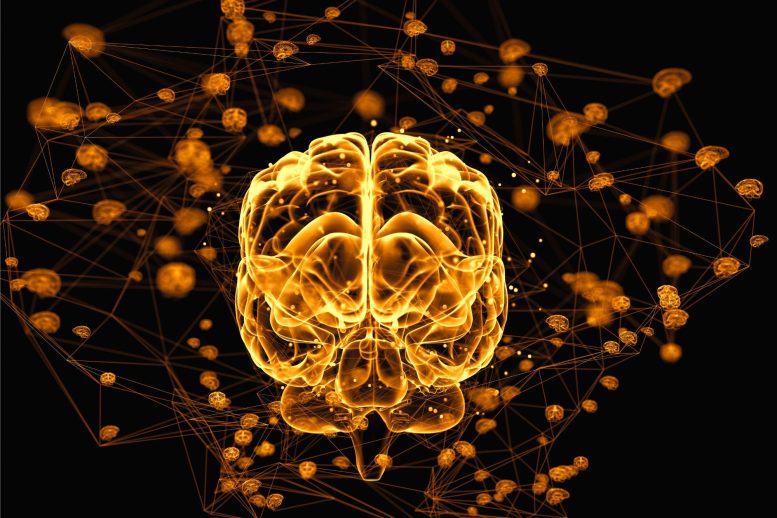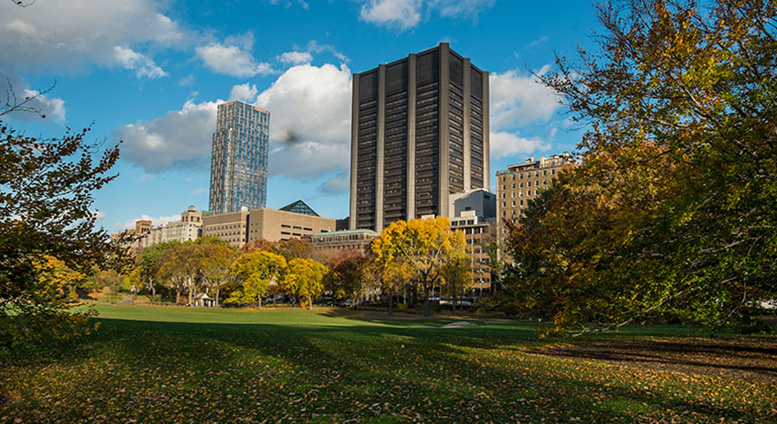
Mount Sinai researchers, in collaboration with scientists at Rockefeller University, have discovered how cocaine and morphine hijack the brain’s natural reward systems. Their study, published in the journal Science on April 18, provides new insights into the brain’s neural mechanisms involved in drug addiction. This breakthrough could enhance fundamental research, clinical practices, and the development of potential treatments for addiction.
“While this field has been explored for decades, our study is the first to demonstrate that psychostimulants and opioids engaged and alter functioning of the same brain cells that are responsible for processing natural rewards,” explains senior author Eric J. Nestler, MD, PhD, Nash Family Professor of Neuroscience, Director of The Friedman Brain Institute, and Dean for Academic Affairs of the Icahn School of Medicine at Mount Sinai, and Chief Scientific Officer of the Mount Sinai Health System. “These findings provide an explanation for how these drugs can interfere with normal brain function and how that interference becomes magnified with increasing drug exposure to ultimately redirect behavior compulsively towards drugs —a hallmark of addiction pathology.”
The study focused on identifying convergent mechanisms of addiction in mouse models across two different classes of drugs: cocaine, a psychostimulant, and morphine, an opioid. This groundbreaking work required the amalgamation of a highly interdisciplinary team, organized by Dr. Nestler and long-time collaborator Jeffrey M. Friedman, MD, PhD, Marilyn M. Simpson Professor at The Rockefeller University, Investigator of the Howard Hughes Medical Institute, and co-senior author of the study.
Among its members were two biophysicists: Alipasha Vaziri, PhD, Professor of Neuroscience and Behavior at The Rockefeller University and a co-senior author of the study, and Tobias Nöbauer, PhD, Assistant Research Professor at The Rockefeller University and a co-first author of the study. Working closely together, the team employed a suite of cutting-edge tools and methodologies spanning behavioral, circuit, cellular, and molecular domains of neuroscience.
Findings on Brain Cell Response
Through these innovative efforts, researchers were able to track how individual neurons in a forebrain region called the nucleus accumbens respond to natural rewards like food and water, as well as to acute and repeated exposure to cocaine and morphine in a cell-type-specific manner. They discovered a largely overlapping population of cells that respond to both addictive drugs and natural rewards, and demonstrated that repeated exposure to the drugs progressively disrupts the cells’ ability to function normally, resulting in behavior being directed toward drug-seeking and away from natural rewards.

“By tracking these cells, we show that not only are similar cells activated across reward classes, but also that cocaine and morphine elicit initially stronger responses than food or water, and this actually magnifies with increasing exposure,” notes co-first author Caleb Browne, PhD, a former Instructor in Dr. Nestler’s lab who is now a Scientist in the Campbell Family Mental Health Research Institute at the Centre for Addiction and Mental Health (CAMH) in Toronto. “After withdrawal from the drugs, these same cells exhibit disorganized responses to natural rewards in a manner that may resemble some of the negative affective states seen in withdrawal in substance use disorder.”
Potential Therapeutic Targets and Future Research
Moreover, the research team identified a well-established intracellular signaling pathway—mTORC1—that facilitates the disruption of natural reward processing by the drugs. As part of that discovery, investigators found a gene (Rheb) that encodes an activator of the mTORC1 pathway that may mediate this relationship, potentially providing a novel therapeutic target for future discovery in a field of medicine that currently offers few effective treatments.
To that end, the research team plans to dig deeper into the cellular biology behind addiction neuroscience to better characterize molecular pathways that could be critical to basic research and, eventually, clinical practice.
“Through our work, we have also established a landmark dataset that integrates drug-induced brain-wide neural activation with input circuit mapping from the nucleus accumbens, which could be useful to the broad scientific community conducting substance use disorder research,” says Bowen Tan, the other co-first author of the study, and a graduate student in the laboratory of Dr. Friedman.
“We’ve known for decades that natural rewards, like food, and addictive drugs can activate the same brain region,” says Dr. Friedman. “But what we’ve just learned is that they impact neural activity in strikingly different ways. One of the big takeaways here is that addictive drugs have pathologic effects on these neural pathways, that are distinct from, say, the physiologic response to eating a meal when you are hungry or drinking a glass of water when you are thirsty.”
“A major part of our ongoing research will be directed to defining how the flow of multimodal information is incorporated into value computations in brain cells and how that crucial mechanism enables drugs to overtake the processing of natural rewards, leading to addiction,” says Dr. Nestler.
Reference: “Drugs of abuse hijack a mesolimbic pathway that processes homeostatic need” by Bowen Tan, Caleb J. Browne, Tobias Nöbauer, Alipasha Vaziri, Jeffrey M. Friedman and Eric J. Nestler, 19 April 2024, Science.
DOI: 10.1126/science.adk6742
This research was supported by the National Institute on Drug Abuse and the National Institute of Neuronal Disorders and Stroke, both part of the National Institutes of Health under award numbers P01DA047233, R01DA014133, 5U01NS115530, 1RF1NS110501, and 1RF1NS113251.